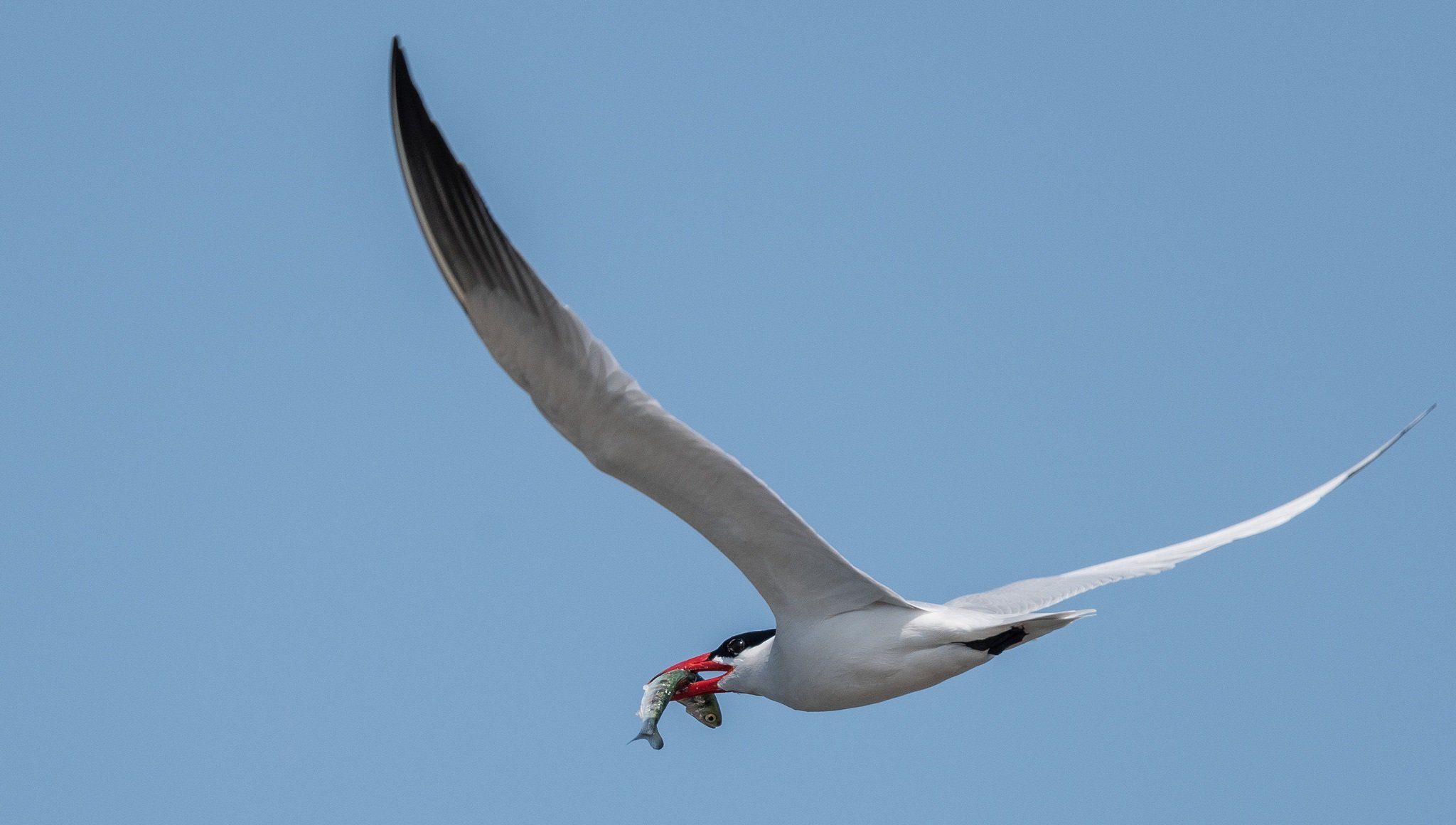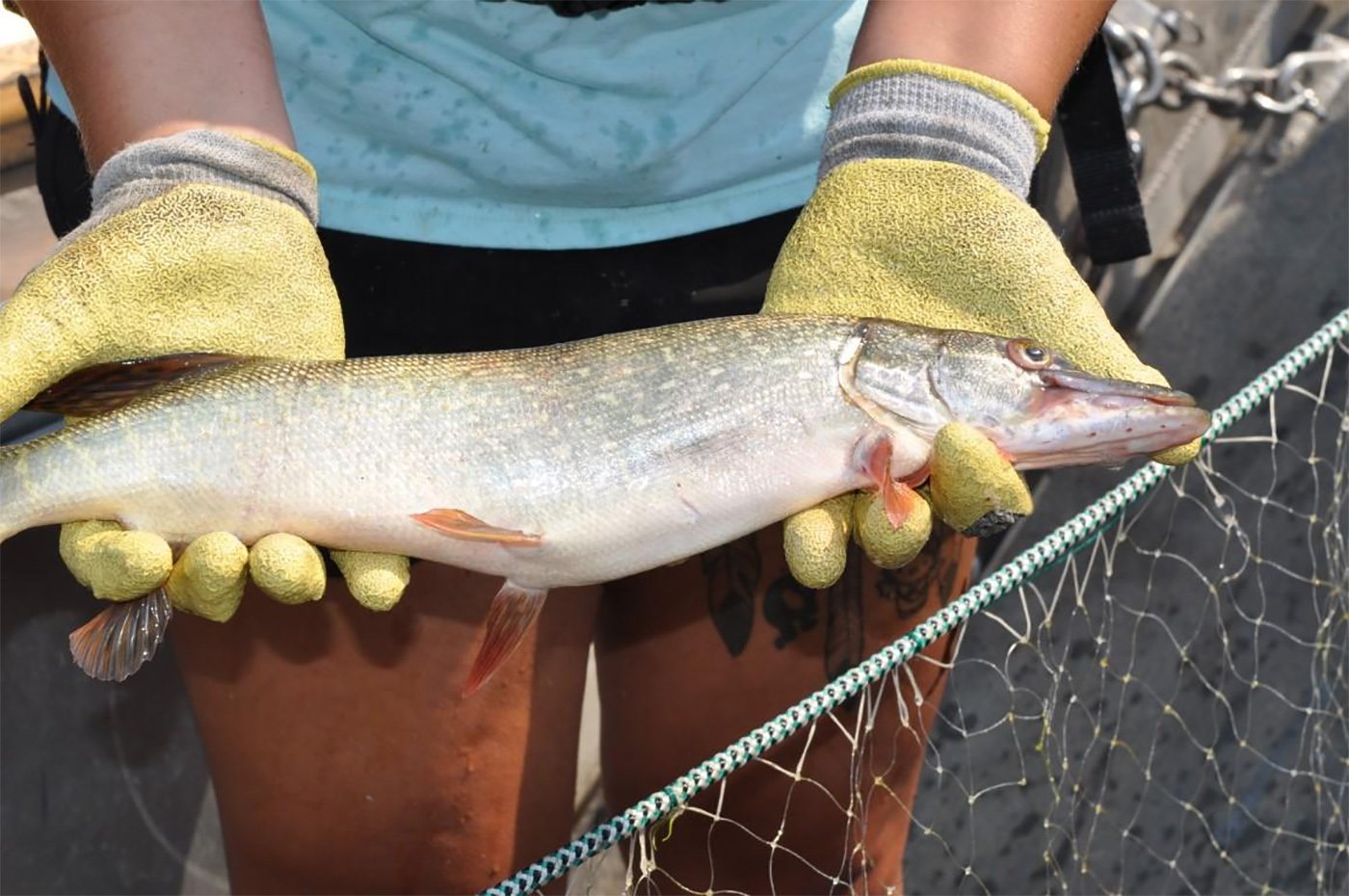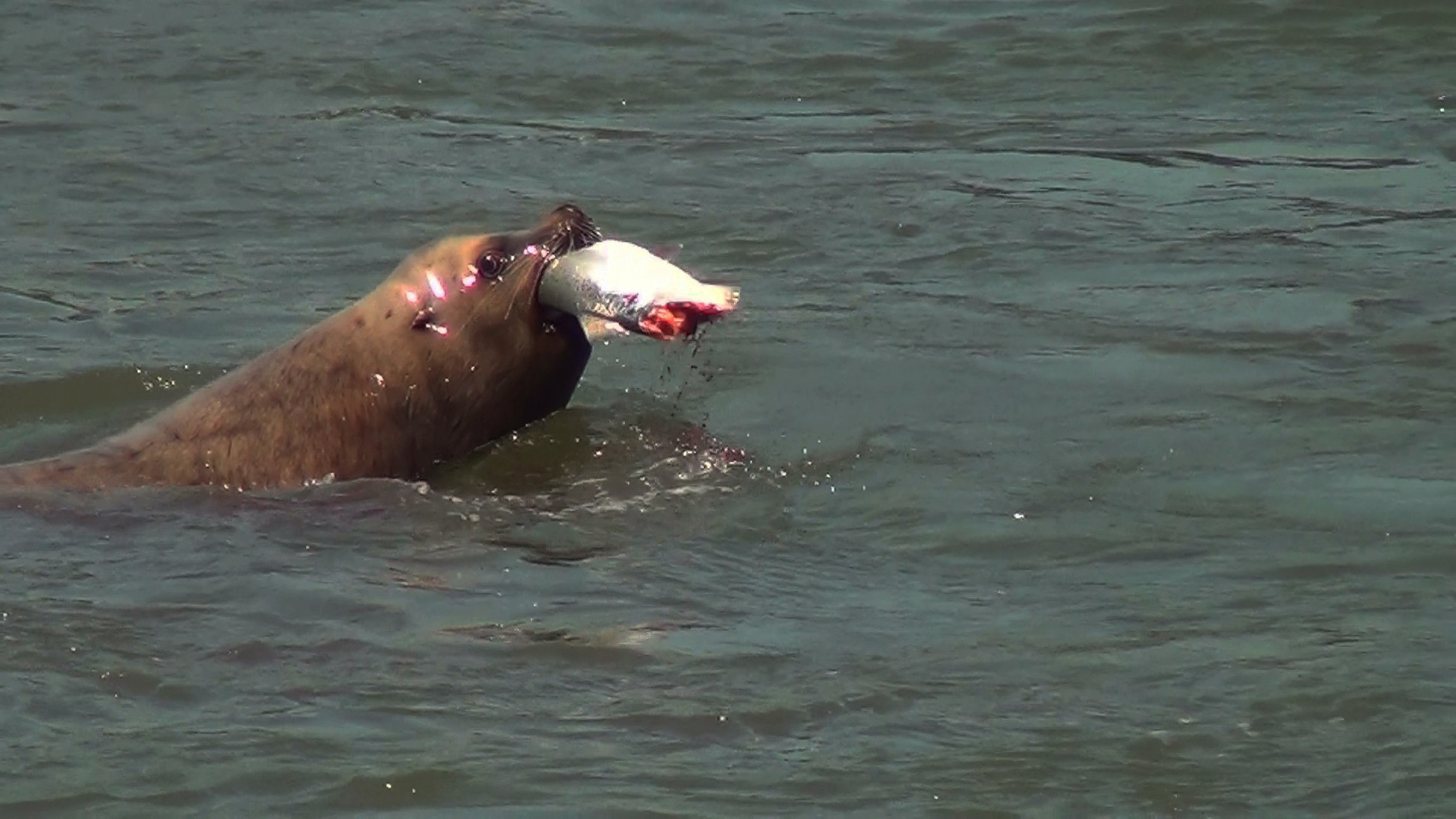Scientists Will Assess Impacts and Costs of Predation on Fish in the Columbia River Basin
- November 19, 2018
- John Harrison

Sea lions are killing salmon, steelhead, sturgeon and lamprey in the lower Columbia River, northern pike are killing trout in Lake Roosevelt behind Grand Coulee Dam, and fish-eating birds are picking off smolts in the river near the Tri-Cities and in the estuary near the ocean. That’s a lot of predation, a lot of fish, and potentially a lot of economic and biological impact, but the amount is unclear.
This month the Council decided to ask a panel of independent scientists, with the assistance of experts in natural resource economics, to look into the problem of predation across the Columbia River Basin, assess the impacts, and compile a report to the Council by next May. The May deadline is important because by that time the Council will be working to amend its 2014 Columbia River Basin Fish and Wildlife Program.
In a letter to Alec Maule, Ph.D., chair of the Independent Scientific Review Board, a panel of 11 scientists that advises the Council, NOAA Fisheries, and the Columbia River Inter-Tribal Fish Commission, the Council asked for “a review of the biological and economic impacts of predators and non-native species, the effectiveness of predator management control efforts currently implemented, and specifically the potential impacts that the introduction and spread of Northern Pike can have on the Columbia River Basin.”

There is concern among fishery managers that Northern Pike, an invasive and voracious species, could cause havoc to other fish species if they manage to spread downriver into salmon and steelhead habitat below Chief Joseph Dam. Currently a collaborative effort involving the state, tribes, and public utility districts is attempting to reduce and control the pike population in Lake Roosevelt, where they have taken hold in the upper part of the reservoir and in tributaries including the Colville and Kettle rivers. Pike in another tributary, the Pend Oreille, have effectively been controlled through an aggressive removal program directed by the Kalispel Tribe. The economists will focus on the potential economic impacts and costs of the introduction and spread of Northern Pike in the Columbia River Basin, particularly if the fish spread downriver from Lake Roosevelt into areas where salmon and steelhead are present.

The Council intends that the predation review will address measures in the 2014 Fish and Wildlife Program to determine the effectiveness of predator-management actions, prevent the introduction of non-native and invasive species, and monitor and remove them. The Program acknowledges the need to use the best available scientific knowledge to improve fish survival, including understanding and reducing predation. Currently, the Bonneville Power Administration, through the Council’s Fish and Wildlife Program, funds predator monitoring, suppression, and management throughout the basin.



